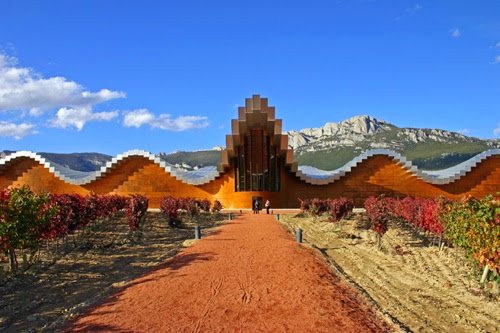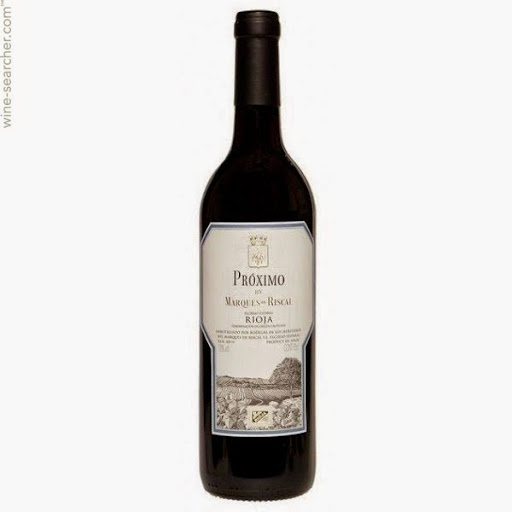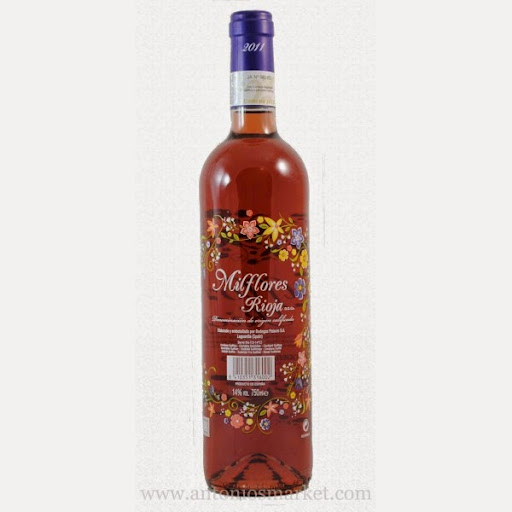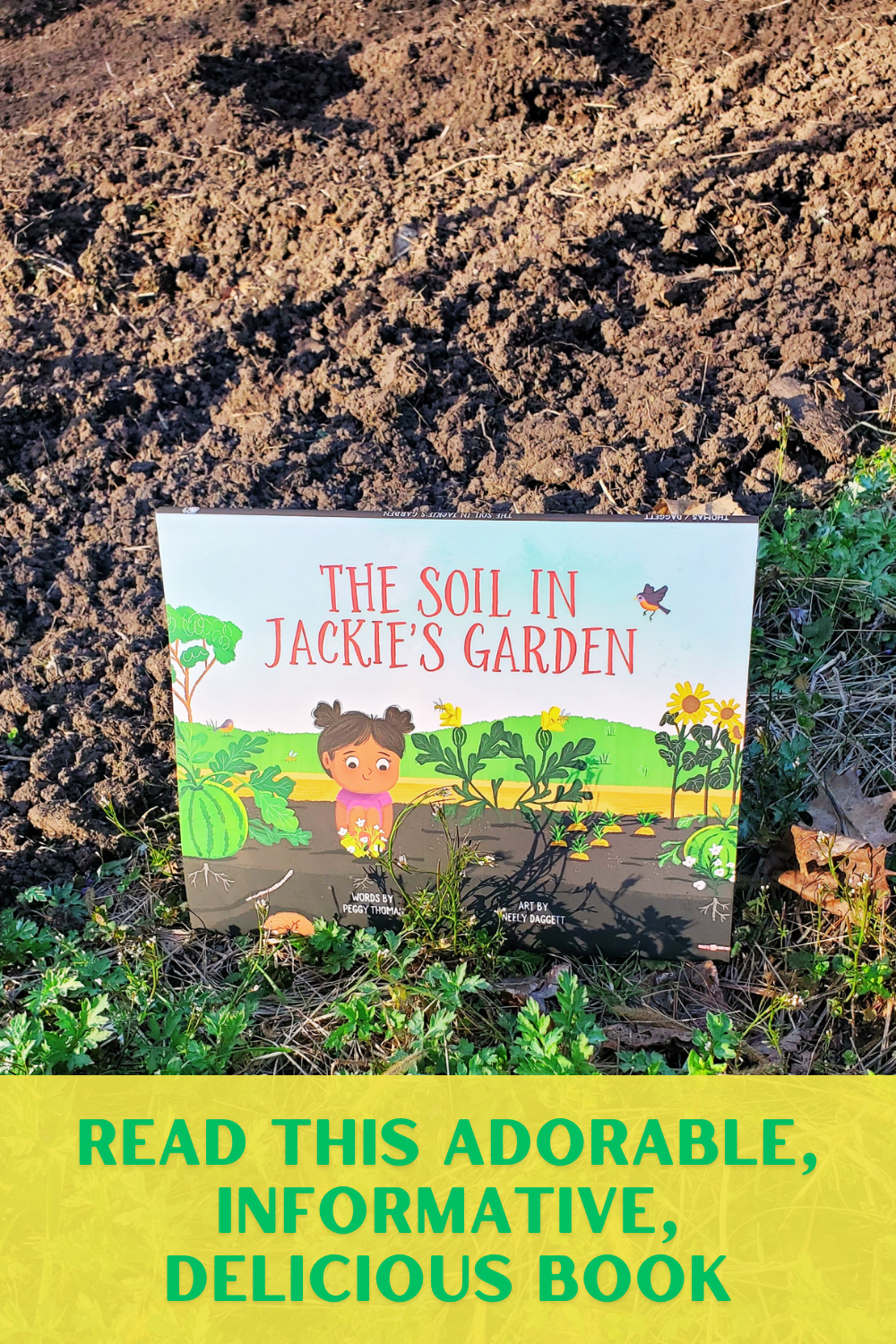Rioja tour de force swirls into Texas
At a recent tasting through a gamut of wines from La Rioja, Spain’s crown jewel among its 50-plus wine regions, I had an epiphany: I’ll never be a true wine connoisseur until I learn to spit after swirling and sipping.
While I’ve attended dozens of wine tastings at annual food and wine festivals throughout Texas, none featured a treasure trove of premium wines like this Rioja tour de force.

Montecillo Reserva 2008
The private wine tasting was aimed at the trade only. So it was a privilege to be invited to journey vicariously through the Rioja wine region. The 15 wineries showcased represented centenary, classic modern and collector’s wineries.
The only problem was that I agonized at first about pouring out one highlighted wine before trying another. After all, the Rioja has a winemaking pedigree dating back to pre-Roman times. The thought of more than 3,000 years of wine history in a single room was awe-inspiring.
“Go ahead and throw it away,” said Palm Bay International area manager John Villalpando, handing me a sample of Faustino Reserva. “We have a lot more you can try, like a Gran Reserva.”
To a Rioja wine lover like me, this was a once-in-a-lifetime chance to indulge in what I call “liquid gold.” So I cringed every time I dumped my wine sample into an aluminum bucket. Still, after a few swirls, sips and spats, I swallowed my ambivalence and moved on.
Bodegas Faustino, Marques de Riscal, Montecillo, Torres Ibericos, Muriel, Campo Viejo, Ysios, and Viña Bujanda were some of the wineries represented at the “Passport to Rioja” wine tasting tour.

Ysios
San Antonio was one of three Texas cities among a handful of cities nationwide to host the annual tour this season. Fleming’s steakhouse was the Alamo City venue for the event.
I began my wine tasting adventure with centenary Riojas, so that I could savor what 100 years of grape growing and winemaking smelled like and tasted like before tackling the classic modern and collector’s group.
Rioja, which takes its name from an Ebro River tributary called Oja, enjoys global recognition for its Tempranillo grape-based red wines. More than 75 percent of the wines come from this varietal, though Garnacha, Graciano, and others are used to a lesser extent.
Sheltered from the Atlantic Ocean in one area by the Cantabria Mountains, Rioja was the first Spanish wine region to obtain its Denominacion de Origen or Designated Quality Wine Region (DO) status in 1926.
It was also the first to be granted Denominacion de Origen Clasificado. DOCa’s are granted to regions that consistently produce only the highest quality wines. Priorat and Ribera del Duero have since been granted the classification.
Although I know La Rioja wine region is divided into three distinct areas, Rioja Alta, Rioja Baja, and Rioja Alavesa, I didn’t know Rioja boasts more than 500 wineries! Moreover, several are not just award-winning wineries but international gold and silver award winners as well.
Founded in 1861, Bodegas Faustino is the largest exporter of Gran Reserva wines. This means the traditional Tempranillo grapes are handpicked for this extraordinary style. Additionally, this wine spends at least two years in oak casks and three years in a bottle.
Marques de Riscal, perhaps one of the most iconic Rioja wineries, built its first cellar in 1858. Since its first harvest in 1862, the winery has become the must-visit destination for Rioja wine lovers.
A gleaming titanic structure designed by famed architect Frank O. Gehry has put it on the global wine tourism route, but it’s the wines that make it one of the top 10 most recognized brands in the world.

Gehry's Marques de Riscal, Spain
Ruby red Marques de Riscal Reserva 2008 was a palate pleasing mix of vanilla and dark plum fruit with hints of licorice and spices. Produced from the Tempranillo grape and vines that were at least 15 years old, this vintage had a full, lingering dry fruit finish.
I wasn’t surprised to learn it’s the number one selling Rioja Reserva in the United States. What’s really amazing is the retail price, $19 to $21 a bottle, when you consider it spent 24 months in American oak before spending at least a year in the bottle.
Wines from this regal winery usually score 90-plus points according to the Robert Parker numerical wine rating system. Many of Marques de Riscal wines are considered centenary and classic wines. So it was interesting to taste Próximo, a new modern wine from this stalwart.
For the first time in its 150-year history, Marques de Riscal has introduced a medium-bodied, young red wine. Labeled “Sin Crianza,” Próximo denotes its fruitiness and less aging.
The Próximo I tasted was an intense, violet-hued red that pairs well with steak, pork and poultry. It was medium bodied and fruit flavored so that it felt as if I had downed a breath of fresh air. It’s also a value-added wine at roughly $9 to $10 per bottle at retail outlets.

Marques de Riscal Proximo
While it’s true that many wine enthusiasts think of Rioja as traditional old-world red classics, I was pleasantly surprised to taste a Milflores Rosé produced in the Rioja Alavesa area by Hijos de Antonio Barcelo Bodegas Palacio.
Rosé, called “Rosado” in Spanish, was a fruit forward splash of strawberry and berries. It pairs perfectly with grilled meats at summer picnics and family reunions. The eye-catching flowers on the Milflores label make this wine easy to remember when shopping. This wine retails for approximately $8 a bottle.

Mil Flores Rosado
Pilar and Carlos Martínez Bujanda Irribarria opened Finca Valpiedra in 1999 and Viña Bujanda in 2009. These are among several modern wineries incorporating state-of-the art techonology while retaining some traditions, such as hand harvesting.
The sister and brother duo aren’t newcomers to wine. Their great-grandfather, Joaquin Martinez Bujanda, cultivated grapes and began making wine in 1889. Finca Valpiedra and Viña Bujanda are situated within the sub-regions of the Rioja Alta and Rioja Alavesa.
After learning about the grape growing, hand harvesting and all around care that goes into every bottle, I savored the Finca Valpiedra Reserva even more. It had aromas of red and black fruits mixed with mineral nuances. Vanilla and fine wood scents wafted through from the French oak barrels in which it was housed.
The Martinez Bujanda family produces its exceptional wines within a complex microclimate, altitude and soil unique to the region. In a word, Rioja is blessed with diverse terroir which its inhabitants have nourished and cherished for hundreds of years.
Needless to say, by the end of my journey through La Rioja wine country, my ambivalence about spitting my “liquid gold” into nearby buckets on display tables had subsided.
What hadn’t diminished was my respect for the traditions and daily labor of love that goes into every bottle of Rioja wines. And now that the U.S. has surpassed France in wine consumption, we’re the beneficiaries. Rioja wines can now be found in package stores, grocery chains, restaurants, and wine bars beyond the Lone Star State.
Interested in more than a vicarious journey through la Rioja, check out these websites: www.spain.info/en, info[at]lariojaturismo.com and http://us.riojawine.com
Rosie Carbo is the Lifestyles Editor for Wandering Educators, and is a former newspaper reporter whose work has appeared in newspapers and magazines nationwide. Some of those publications include People magazine, The Dallas Morning News, The Houston Chronicle and San Antonio Express-News. Some of her features were redistributed by The Associated Press early in her career as an award-winning Texas journalist. Read more of Rosie's articles here on her blog.
-

- Log in to post comments



















